EcoExplorer: Ash Tree
Learn about the White Ash and the challenges it faces
The White Ash Tree
Standing before you is a White Ash tree (Fraxinus americana), one of the most valuable and versatile hardwood trees in North America. For centuries, this species has been prized for its strength, flexibility, and beautiful wood grain. White Ash is commonly used to make baseball bats, tool handles, furniture, and even canoe paddles.
White Ash trees can grow to impressive heights of 60-80 feet, with a tall, straight trunk and a rounded crown. In autumn, their leaves turn a stunning purple or yellow color, making them a favorite for fall foliage displays. The tree produces seeds called samaras—these are winged seeds that spin like helicopter blades as they fall, helping them travel away from the parent tree.
These trees play an important role in forest ecosystems. Their seeds provide food for birds and small mammals, while their leaves decompose quickly, enriching the soil. Many species of birds nest in ash trees, and their flowers provide early-season nectar for pollinators.
Image Gallery
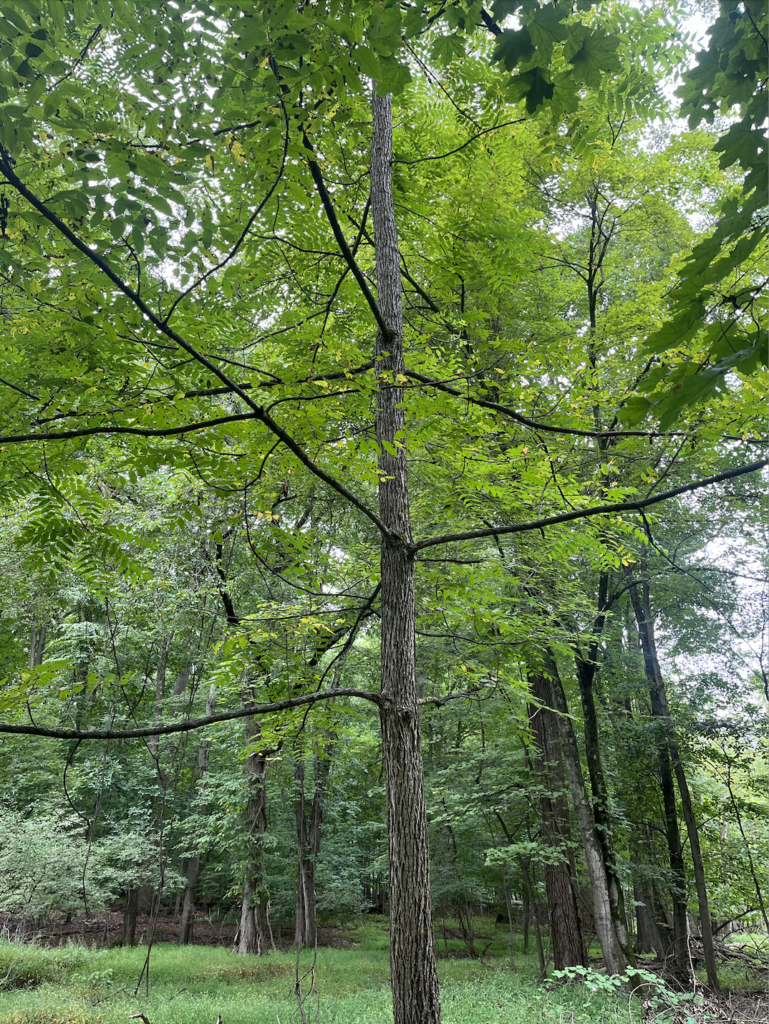
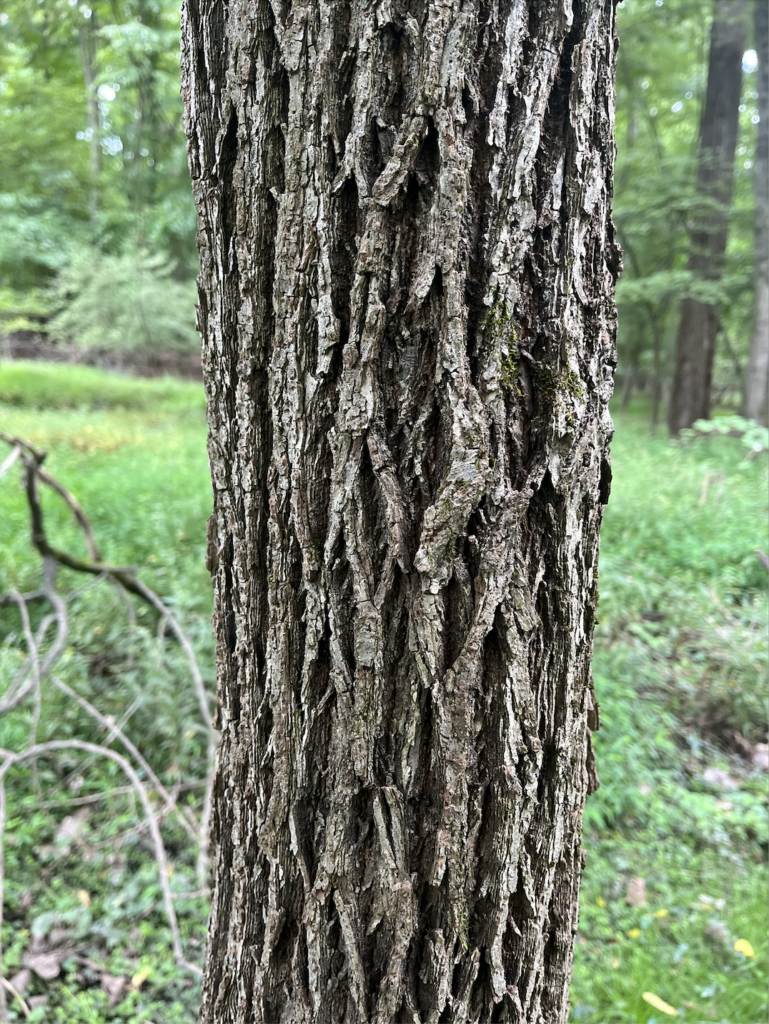
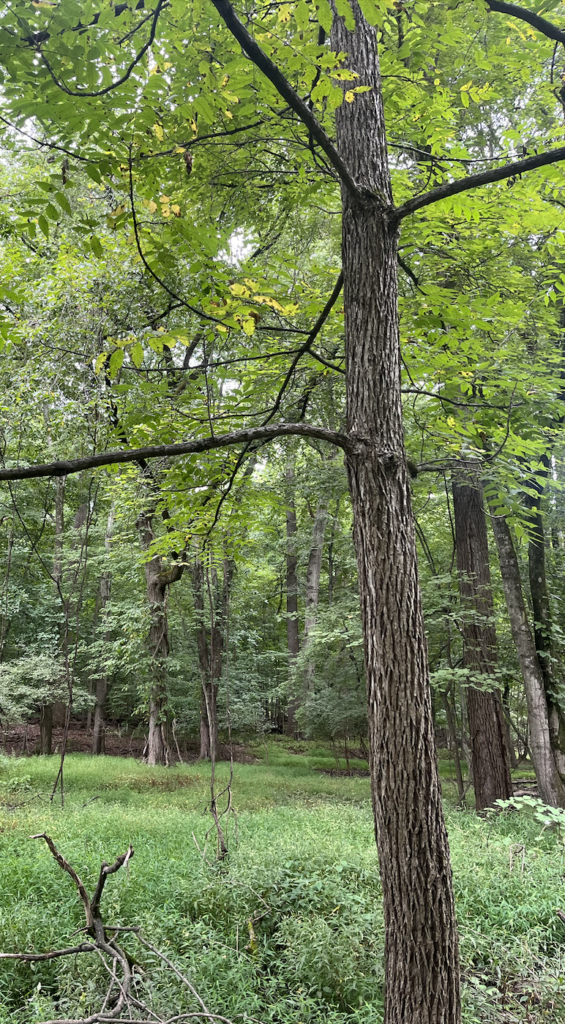
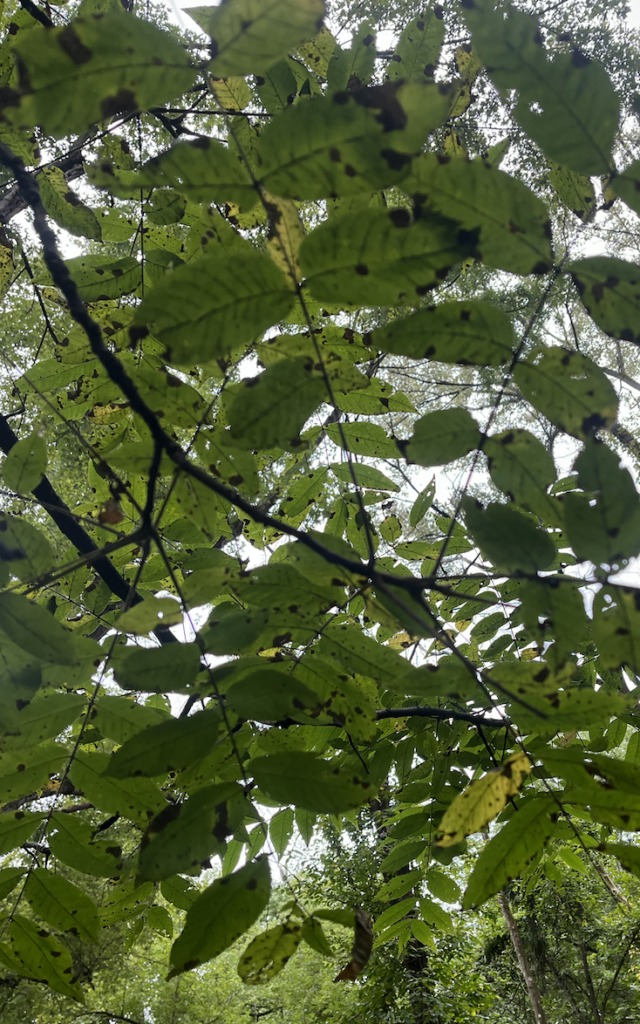
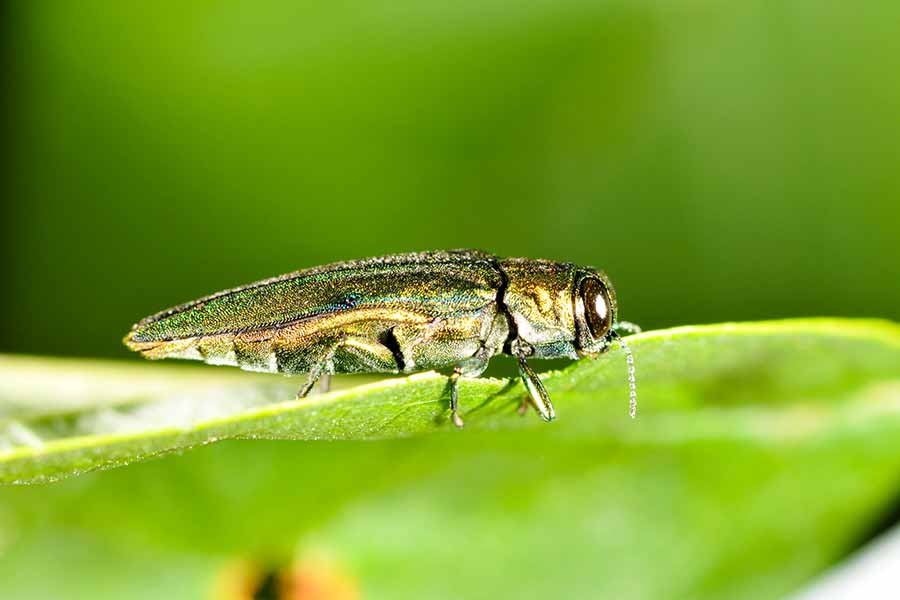
How to Identify a White Ash
- Leaves: Compound leaves with 5-9 leaflets arranged opposite each other along a central stem. Leaflets are oval with smooth edges.
- Bark: Gray bark with a distinctive diamond-shaped ridge pattern on mature trees.
- Branches: Branches grow in opposite pairs from the trunk (most trees have alternate branching).
- Seeds: Paddle-shaped samaras (winged seeds) that hang in clusters and persist through winter.
- Fall Color: Leaves turn deep purple or golden yellow in autumn.
A Threat to Ash Trees: The Emerald Ash Borer
Unfortunately, ash trees across North America face a serious threat from an invasive insect called the Emerald Ash Borer (EAB). This metallic green beetle, native to Asia, was first discovered in the United States in 2002. Since then, it has killed hundreds of millions of ash trees.
The damage is done by EAB larvae, which tunnel under the bark of ash trees, disrupting the tree's ability to transport water and nutrients. Infested trees typically die within 2-4 years. The adult beetles are small (about half an inch long), metallic green, and emerge from trees in late spring and summer.
Conservation efforts are underway to save ash trees through treatments, biological controls, and breeding programs. At the Demarest Nature Center, we monitor our ash trees closely and work to protect these valuable members of our forest community.
